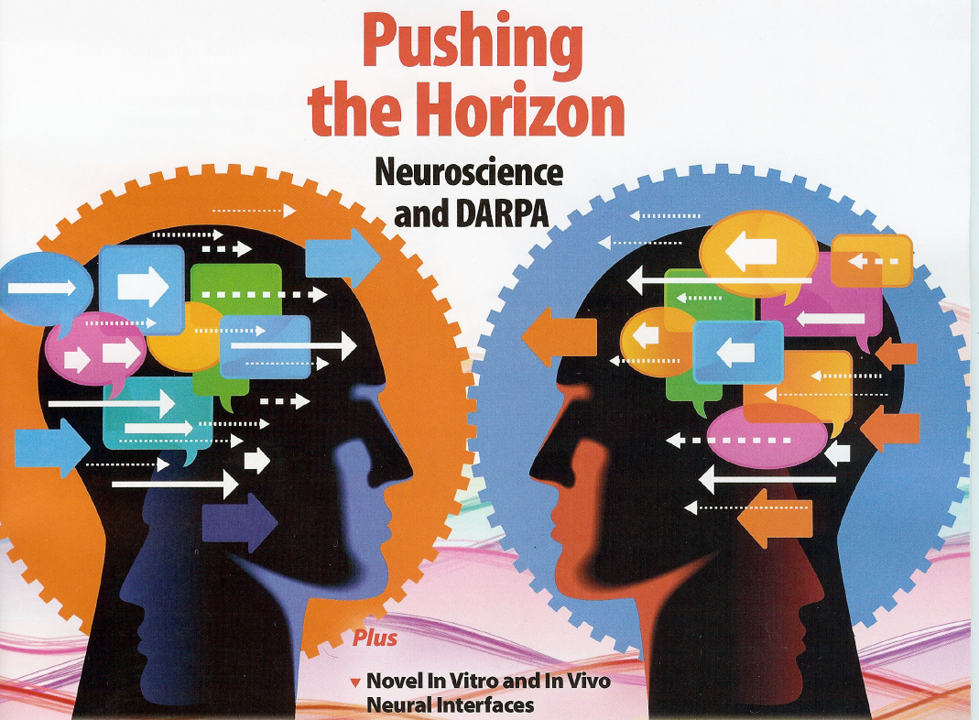In the race to create artificial intelligence that can rival human-level capabilities, researchers at Boston University’s Neuromorphics Lab are making exciting progress with their Modular Neural Exploring Traveling Agent (MoNETA) system. Described in the IEEE Pulse article “The Animat – New frontiers in whole brain modeling”, MoNETA represents a novel approach to building an artificial brain that can learn and interact with its environment like a biological brain.
The key innovations behind MoNETA include:
- Modular architecture – MoNETA is built from interconnected neural modules that mimic different brain regions, allowing the system to be scaled up in complexity over time.
- Memristor-based hardware – The team is leveraging emerging memristor technology, which can serve as artificial synapses, to build low-power, high-density neuromorphic hardware platforms.
- Biologically-inspired behaviors – MoNETA can perform tasks like the Morris Water Maze, exhibiting navigation, object recognition, and goal-driven behaviors observed in rodents.
- Integration with robotic platforms – The Cog Ex Machina software that powers MoNETA can interface with both virtual and physical robot bodies, enabling the artificial brain to control real-world agents.
By taking inspiration from neuroscience and psychology research, the MoNETA team is paving the way for a new generation of brain-like computing systems. While still a work in progress, their animat platform represents an important milestone in the quest to build machines with human-like intelligence and adaptability.
As the underlying hardware and neural modeling techniques continue to advance, we may one day see MoNETA-like systems controlling autonomous robots, assisting with complex decision-making, or even serving as the core of artificial general intelligence. The future of brain-inspired computing is an exciting frontier that the BU Neuromorphics Lab is at the forefront of exploring.

